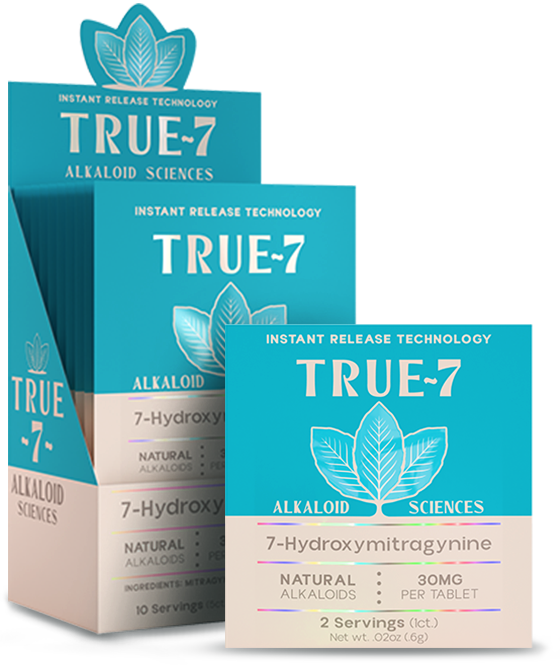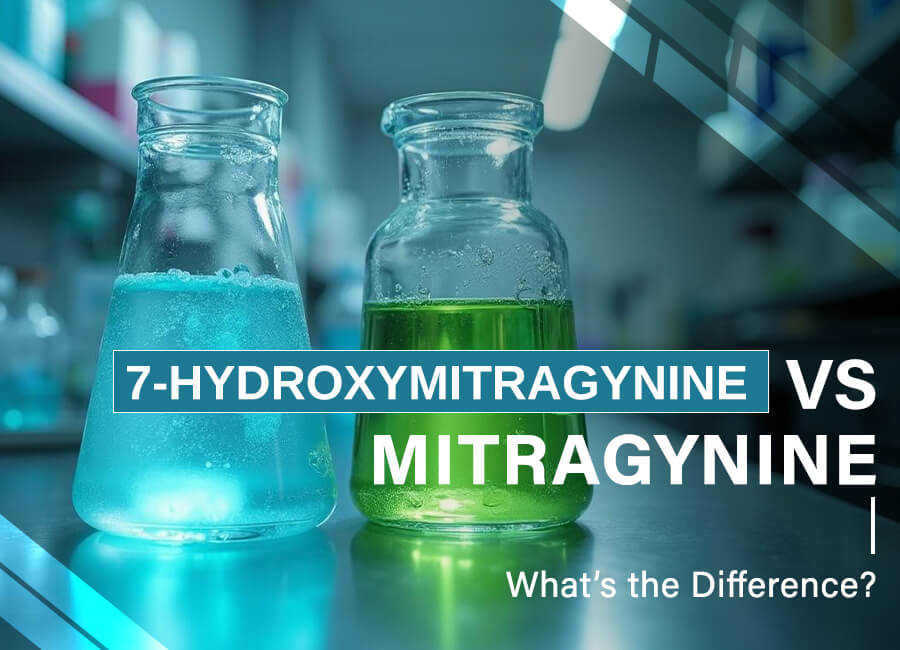In the world of kratom, two names keep popping up—mitragynine and 7-hydroxymitragynine. You’ve probably seen them on lab reports, product labels, or maybe heard someone in the community talk about how one “hits harder” than the other. After more than ten years of working with these compounds, here’s my no-fluff take on how they compare and why it matters.
Two Alkaloids, One Plant
Let’s start with where they come from. Both mitragynine and 7-hydroxymitragynine are found in the Mitragyna speciosa plant, better known as kratom. Mitragynine is the dominant alkaloid—it makes up the majority of the leaf’s alkaloid content. It’s the one you’ll see in practically every strain and batch.
7-hydroxymitragynine (or 7-OH, for short) is different. It’s rare in raw form—think trace amounts. Most people never notice it from plain leaf unless they’ve got a very sensitive system or are using enhanced products. That rarity is one of the reasons why 7-OH draws so much attention. It’s concentrated, it’s intense, and it works fast.
The Chemistry Breakdown
Structurally, these two alkaloids are similar—they even share a backbone. But that one tiny shift in chemical arrangement changes everything. Mitragynine tends to act in a slower, longer-lasting way, while 7-OH is more targeted and fast-acting.
Over the years, I’ve seen lab after lab confirm that 7-OH binds more strongly to certain receptors. That’s why it’s often used in tiny amounts in formulated products. It doesn’t take much to get noticed. Meanwhile, mitragynine is like the foundation—the workhorse that supports the whole profile of the plant.
How They Show Up in Products
You’ll find mitragynine in pretty much every kratom powder, capsule, or extract out there. That’s because it’s naturally abundant in the leaf. Whether it’s white, green, or red vein, mitragynine is always in the picture.
7-OH is a different story. It’s usually added through post-harvest processing or extraction. It’s also the star of many specialty products—like rapid-release tablets or dissolvable strips—that are designed for quicker uptake. These are not your typical daily-use items. From what I’ve seen, 7-OH is more for when users are after something concentrated and specific.
User Experience: Not One-Size-Fits-All
If you ask 10 people about their preference between mitragynine and 7-OH, you’ll probably get 10 different answers. Some like the steady pace of mitragynine. Others lean toward the quicker, punchier feel of 7-OH. There’s no universal “better,” just what fits best for a person’s needs and comfort zone.
Personally, I always tell folks—especially newer users—to get familiar with how mitragynine works first. It gives you a solid baseline. Then, if you’re curious, you can explore how 7-OH differs.
The Takeaway
Mitragynine and 7-hydroxymitragynine aren’t competing—they’re complementary. One is widespread and steady; the other is rare and refined. Knowing the difference helps you make smarter choices, especially when looking at extract labels or advanced formulations.
And in this space, understanding what’s inside the product isn’t just helpful—it’s necessary. After all, not every alkaloid works the same, and not every product tells the full story. Keep learning, keep reading, and always check those lab reports.

